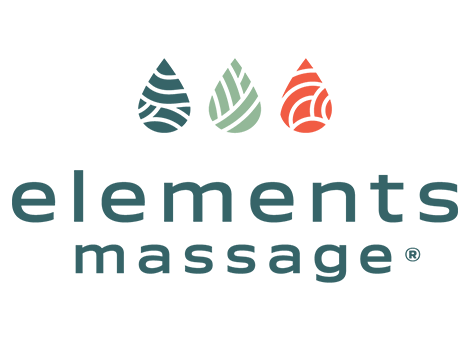Deep Pressure vs. Deep Tissue | Understanding Deep Massage
Pressure is what a massage therapist uses to access the tissues of your body. Depending on the desired effect, a therapist may use a variety of pressures. A lighter pressure is used to induce a pleasant and relaxed state, soothe the nervous system, and stimulate the lymph system.
Deep pressure encourages the muscles to release, eases general aches and pains, and stimulates the circulatory system. Deeper pressure is also needed simply to access the deeper layers of muscle and tissue, like the flexor muscles (the ones that move your ankle and toes) under your calf muscles.
A therapist will gauge their pressure based on your preferences and how your muscles are responding to the techniques being used. If the pressure feels too deep, be sure to let your therapist know so they can shift to a lighter pressure. If the pressure feels too shallow, also let your therapist know. The therapist may be working their way through the layers of tissue, but they will always welcome the knowledge that the area they are addressing needs deeper attention.
Deep tissue massage is a specific massage modality for helping muscle or connective tissue that has been injured or otherwise compromised. It is used to break up scar tissue, release adhesions where muscle or tissue layers have stuck together, or separate muscle fibers that have become chronically tight and dense. It is especially beneficial for athletes, people receiving certain types of physical therapy, or people recovering from surgeries (after the surgical site has completely healed, of course).
Deep tissue involves using focused pressure to directly manipulate tissue fibers. This can include stripping or tissue rolling to separate muscles, cross-fiber friction to realign tissue fibers, and concentrated compression to release chronic holding and tension. Deep tissue can be very intense, even painful at times. However, the pain should never be unbearable. If the pain or discomfort becomes too much, always let your therapist know immediately. Your therapist can adjust their technique to further warm up and prep the tissues, or try addressing the problem source from a slightly different angle. Communication is key for making deep tissue work at its best.
While the two often are used together, it is possible to enjoy deep pressure without involving a deep tissue massage. It is also possible to have a deep tissue massage without using deep pressure (for example, releasing scar tissue from the trapezius muscle that drapes over the shoulders just below the skin). Knowing the differences between these commonly confused terms will help you better let your therapist know what you really need and expect from your massage session.

